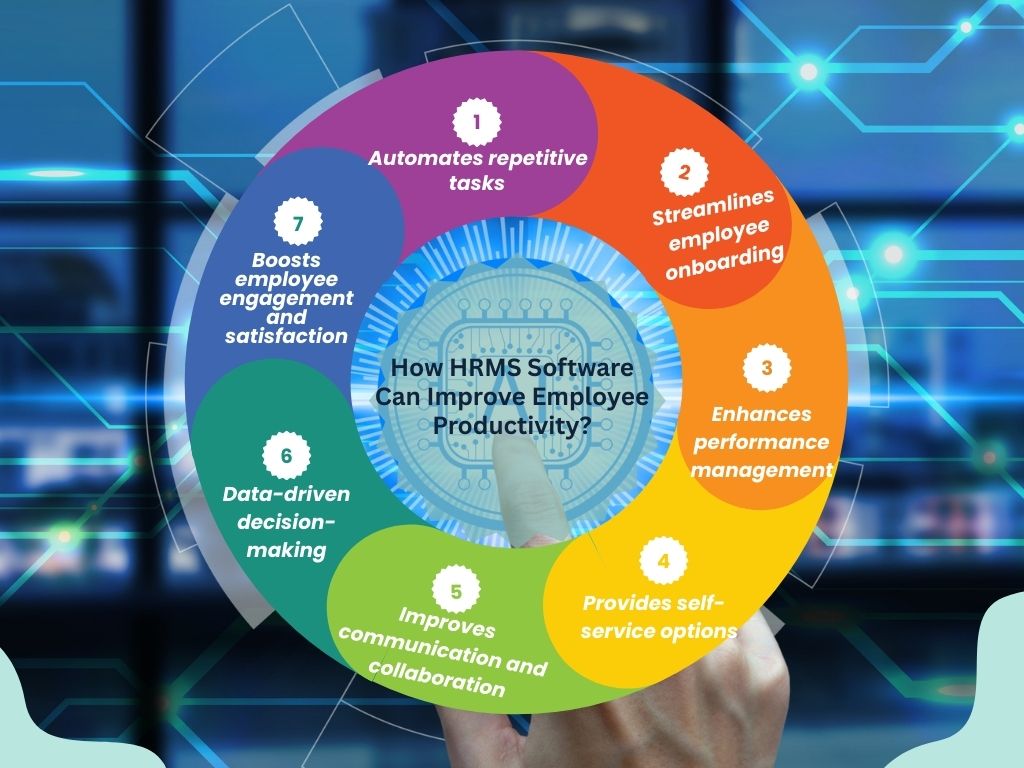
Businesses need
to streamline processes to maximize efficiency and productivity of employees.
Human resource management system (HRMS) helps them to manage HR functions
seamlessly. By automating administrative tasks and improving communication,
HRMS helps employees to focus on their core responsibilities rather than
mundane tasks. In this blog, we’ll discuss how HRMS software contribute to
enhance employee productivity.
1. Automates
repetitive tasks: HRMS
automates tasks such as payroll processing, leave approvals, attendance
tracking, and benefits management. This saves time and reduces the chances of
human errors, allowing employees to focus on more strategic work.
2.
Streamlines employee onboarding: A
well-structured onboarding process is important to help new hires integrate
into the company. HRMS provides a digital onboarding experience with automated
document collection, training schedules, and information distribution, ensuring
new employees can start their roles without delays.
3. Improves communication
and collaboration: HRMS
platforms include communication tools, chatbots, and announcement features. These
features facilitate better communication between HR, management, and employees,
increasing engagement and collaboration.
4. Enhances performance
management: Tracking
employee performance manually is a tough task. HRMS software have built-in
performance management systems that allow managers to set clear goals, track
progress, and provide real-time feedback. Some HRMS also include gamification
that encourages employees to stay on track and improve their performance.
5. Provides self-service
options: Self-service options
reduce HR workload and boosts productivity. With HRMS, employees can check
their attendance, apply for leaves, access payroll details, and update personal
information without needing HR intervention, improving efficiency and reducing unnecessary
emails.
6. Data-driven
decision-making: HRMS
collects and analyzes data, helping organizations make informed decisions. HR
teams can identify trends and monitor employee performance using real-time
reports and analytics leading to more productive workforce.
7. Boosts employee
engagement and satisfaction: HRMS includes features such as recognition
programs, feedback mechanisms, and employee wellness initiatives. By promoting
a positive work environment and addressing employee concerns proactively, HRMS
helps to boost morale, reduce turnover, and increase productivity.
Conclusion
Businesses that aim to optimize employee productivity and streamline HR operations must invest in a reliable HRMS solution. SignalHRM offers a comprehensive suite of HR management tools designed to automate processes, enhance communication, and provide actionable insights, thereby resulting in engaged and high-performing workforce.